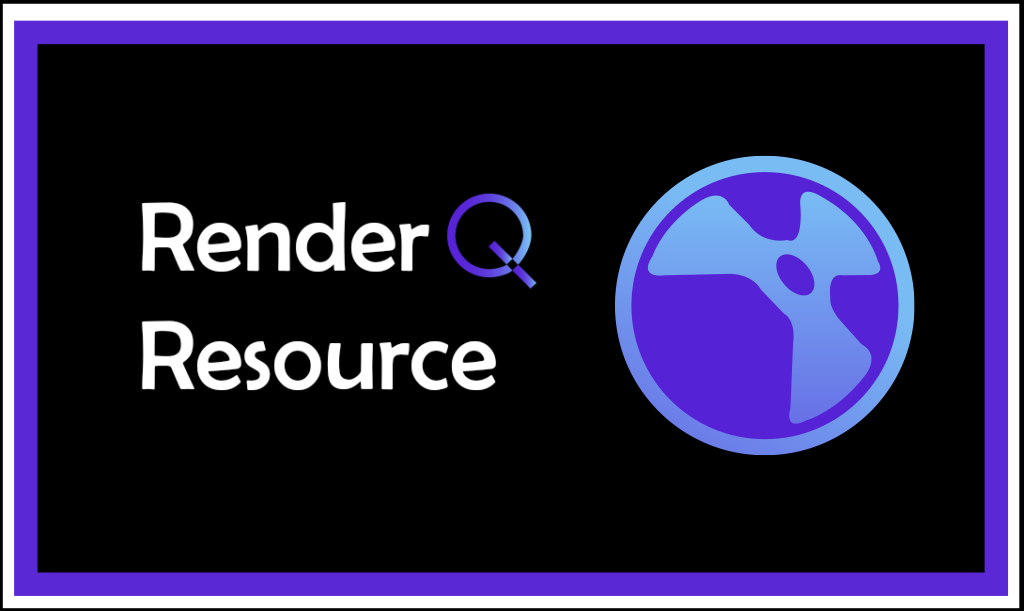Gizmos: How to Create Your Own Tool
Gizmos: How to Create your own?
A Gizmo is a compositing tool made in Nuke where artists can group their own nodes to reuse and share with other artists. A few weeks ago, I wrote the first part of the Gizmo resource series, explaining how to download and use Gizmos. In this second part, I will walk you through how to make your own easily. The real fun and efficient aspect of Gizmos is that you can create your own for personal use, particularly when you have a network of nodes that you reuse constantly. This tool is also extremely useful in a team environment when you need to share a network of nodes with other artists for continuity purposes.
I will share how I created a fake lake reflection Gizmo for this article demo. This group of nodes will help you bring any water footage to life by adding a fake water ripple effect with a noise node. In addition, you can retime the noise animation to make the water ripple movement more realistic.

To create your own Gizmo, you need to follow some steps carefully to make sure it works effectively::
- Select the group of nodes that you would like to create as a Gizmo
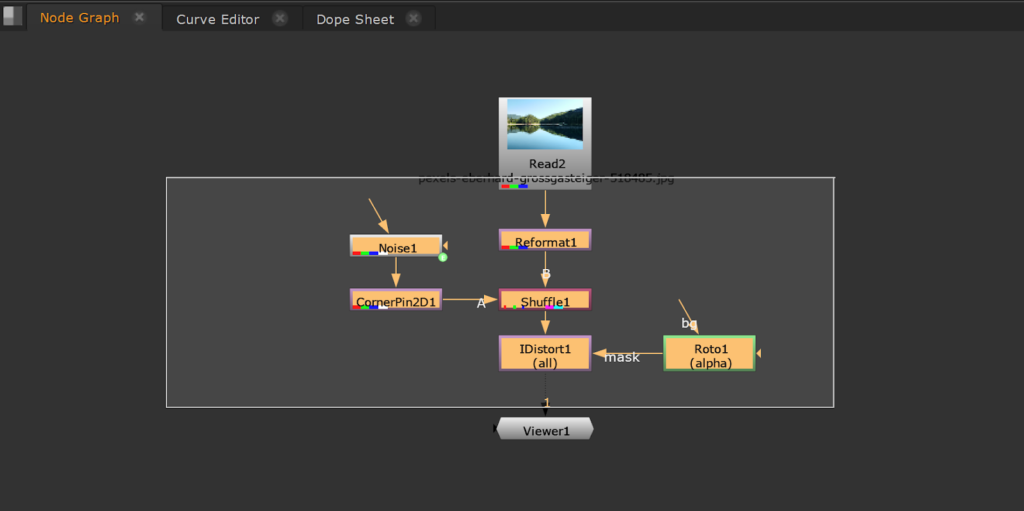
- Click Ctrl+G to create a group.
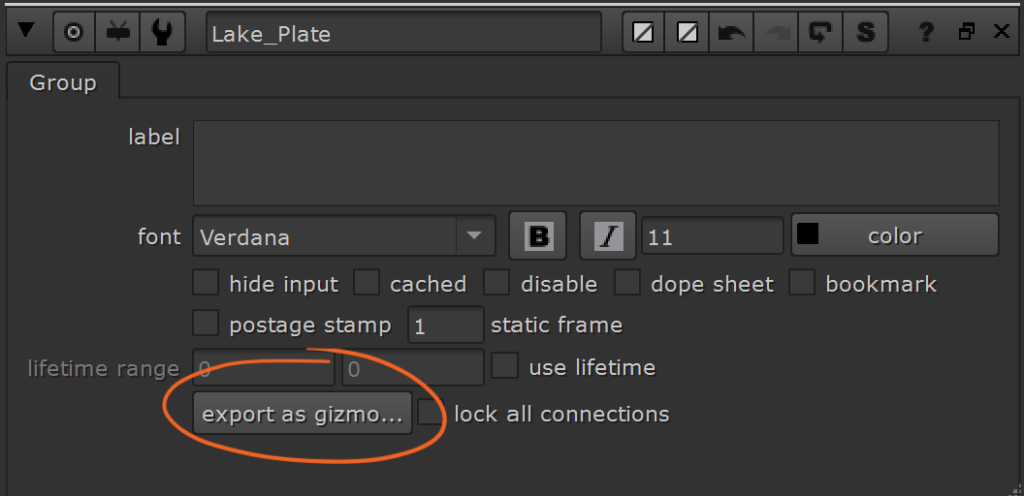
- On the properties, you can rename your group for organizational purposes. Here you can also customize your Gizmo by editing knobs!
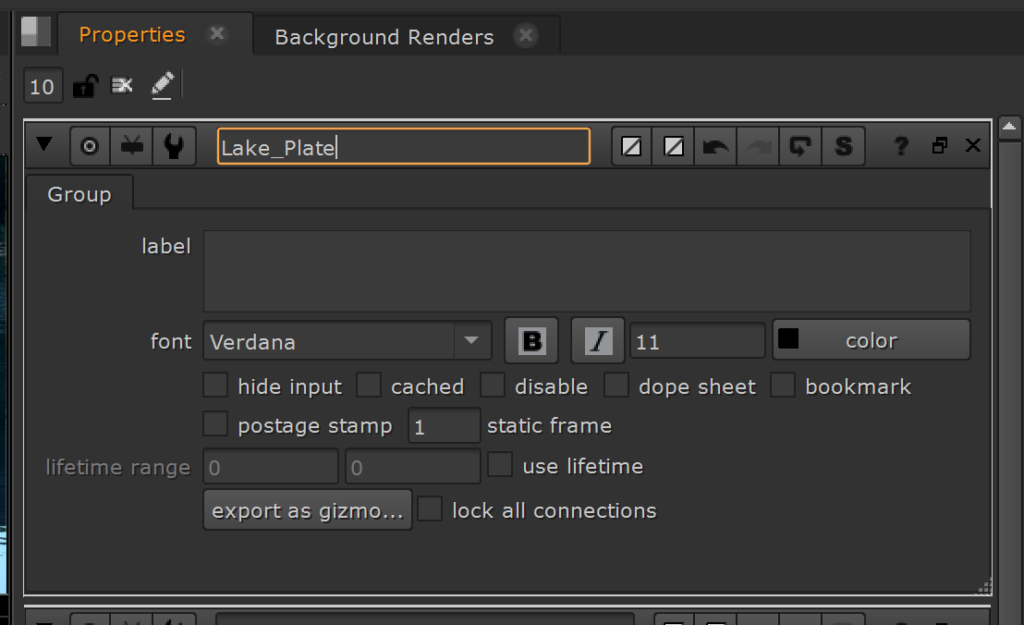
Customizing your knobs is optional and not required to create a Gizmo successfully. However, if you want to know how to manage the knobs, click the links below to learn from official Foundry resources.
https://learn.foundry.com/nuke/content/comp_environment/configuring_nuke/managing_controls.html
- After customizing your Gizmo, you can export it by clicking “export as gizmo…” in the group node’s properties.

- When exporting, make sure to add the Gizmo to the correct folder, as stated in the previous article. If you do not include it in the correct folder, the Gizmo will not work. You can save it either of the following paths:
CDrive> User> name> .nuke or :c > program files > nuke 13 (or the version you are using) > plugins
- For it to work, all you have to do is open the Gizmo and drag and drop the piece of code into your Node Graph.
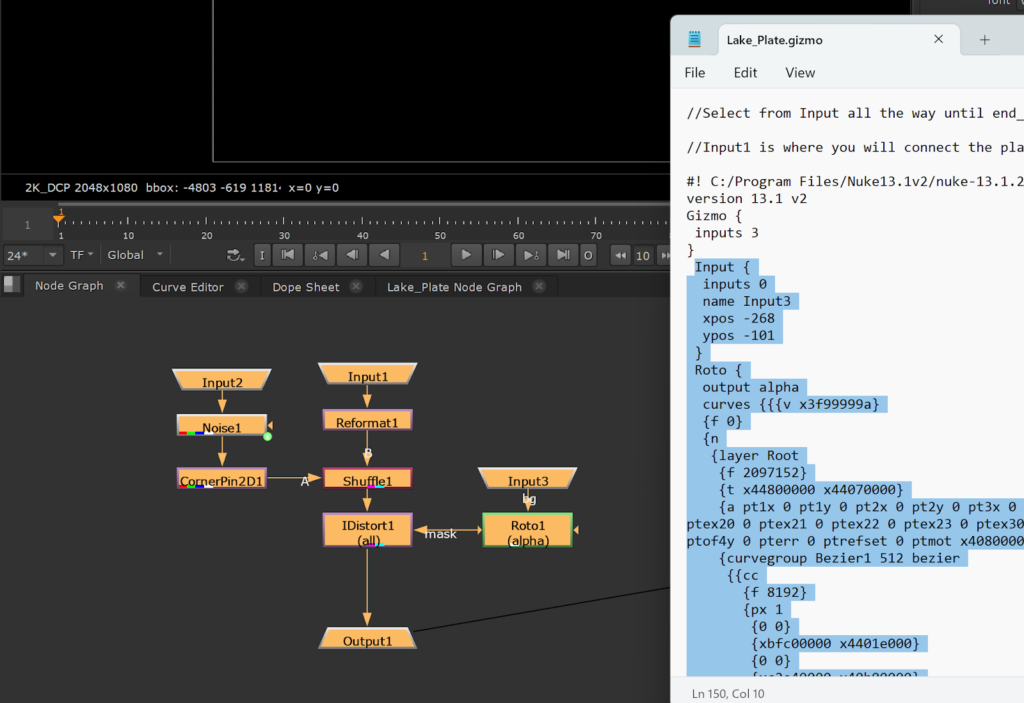
You can also customize the Gizmo or each individual node through code.
After carefully following these steps, you are ready to create your own Gizmo!!
This approach is a blank canvas for creating compositing tools. Any artist can use it for sharing nodes or saving those they would use often. Color grading, adding lens effects, or creating 2D effects, are some examples of useful Gizmos that can be created. There is no limit to the tools that can be made; it is only up to the artist’s needs, compositing knowledge, and imagination.
If you found this resource article helpful, feel free to read the previous article of the Gizmo series, where I talk in-depth about what Gizmos are and how to download the tools from the Nukepedia Gizmo library.
Sources:
Professor of Visual Effects at SCAD Bridget Gaynor
Former professor of Visual Effects at SCAD Garett Illardi
